Macroeconomics: Business Cycles, Economic Trends, and Australia
VerifiedAdded on 2023/06/10
|6
|906
|344
Report
AI Summary
This report provides an analysis of macroeconomic trends, focusing on business cycles and their impact, particularly in Australia. It examines the length of peaks and troughs in business cycles, highlighting differences between pre- and post-World War periods. The report analyzes percentage changes in key economic variables, noting the increasing trends in exports and the role of consumption in recessions. It also assesses the impact of government spending on economic recovery. Furthermore, the report investigates consumption, investment, net exports, and government expenditure in Australia, comparing trends with those in the USA. The analysis attributes consumption increases to globalization and wage growth, while noting comparatively lower investment levels in Australia. Desklib provides this and many other solved assignments for students.
1 out of 6
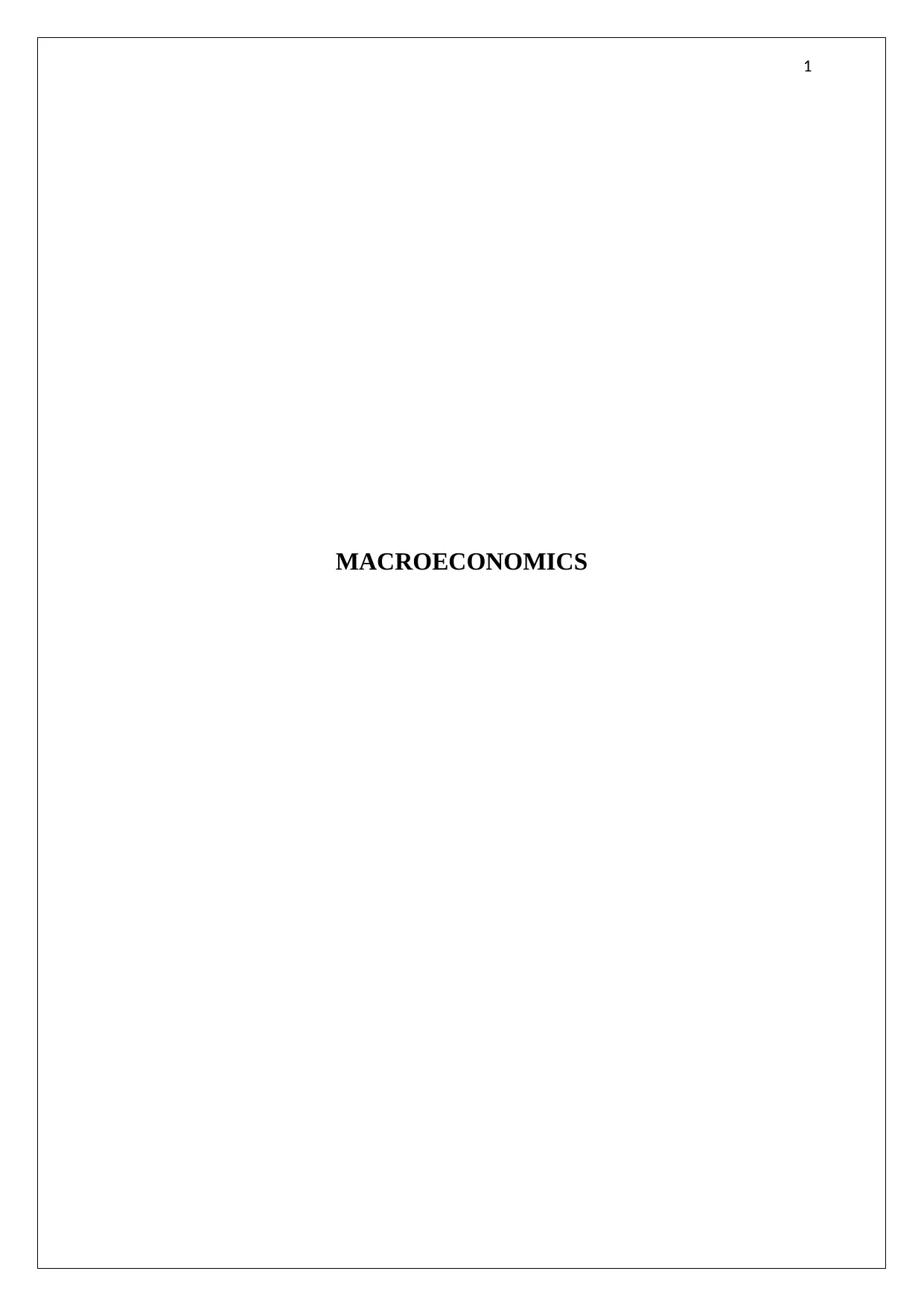
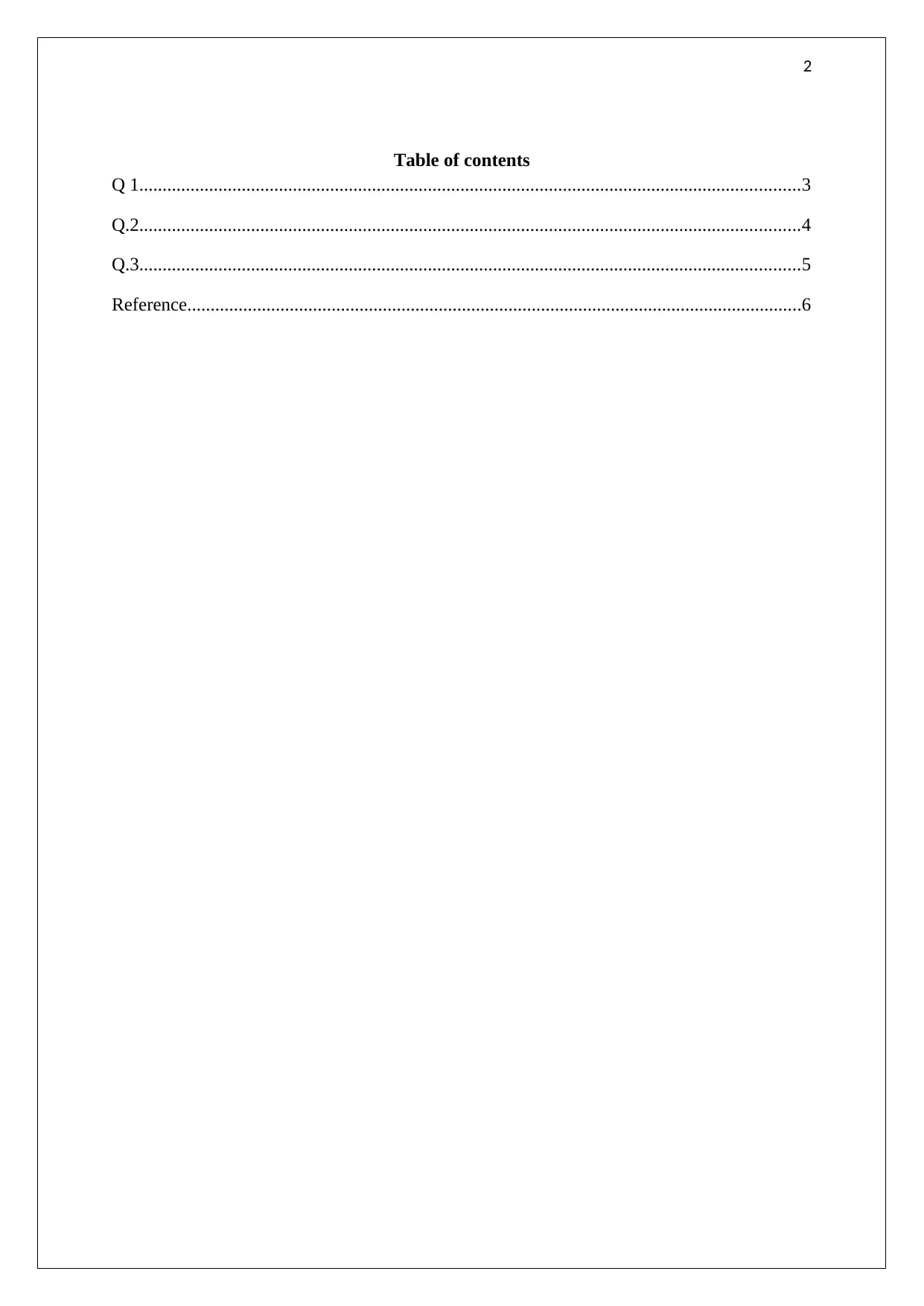
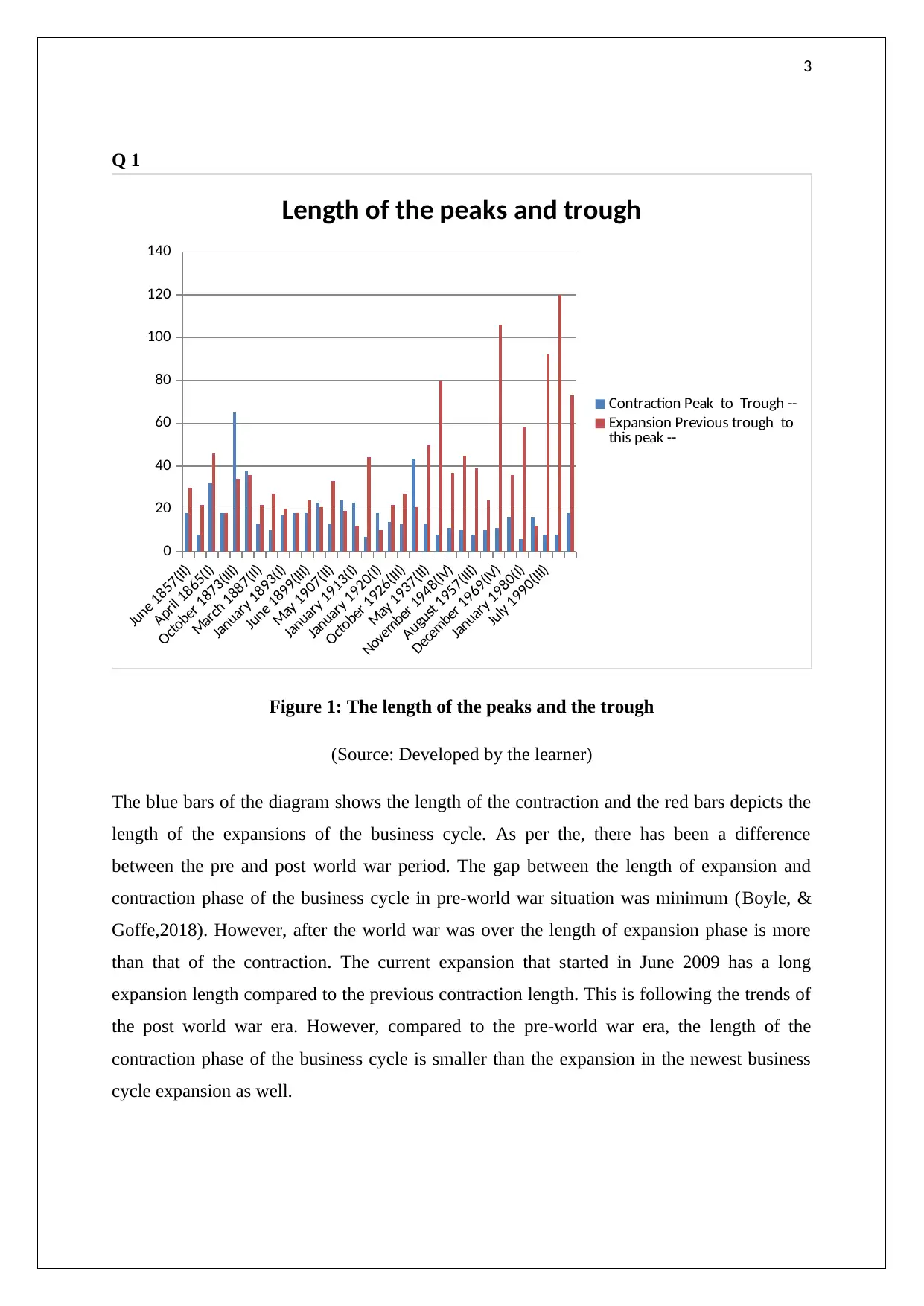

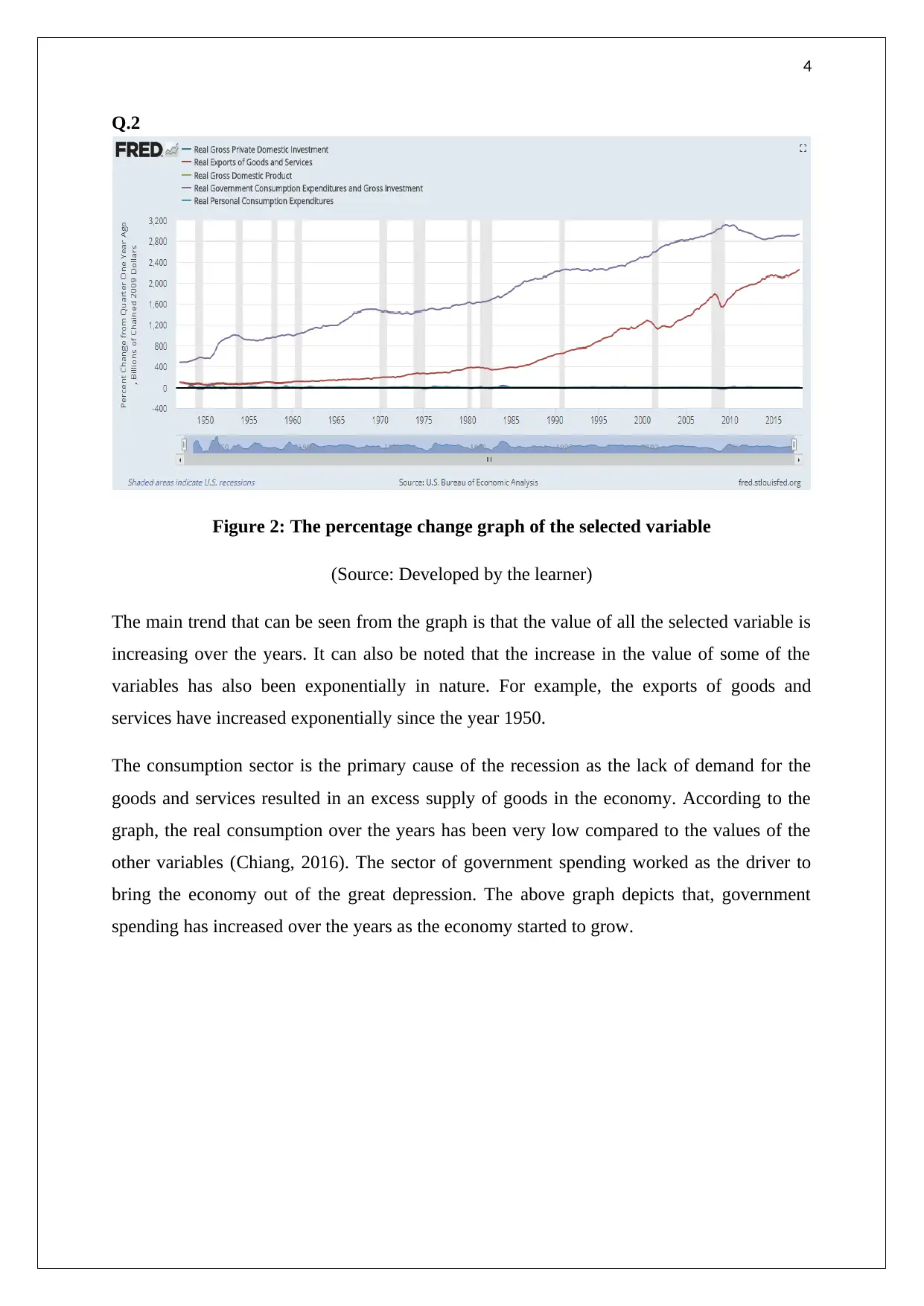
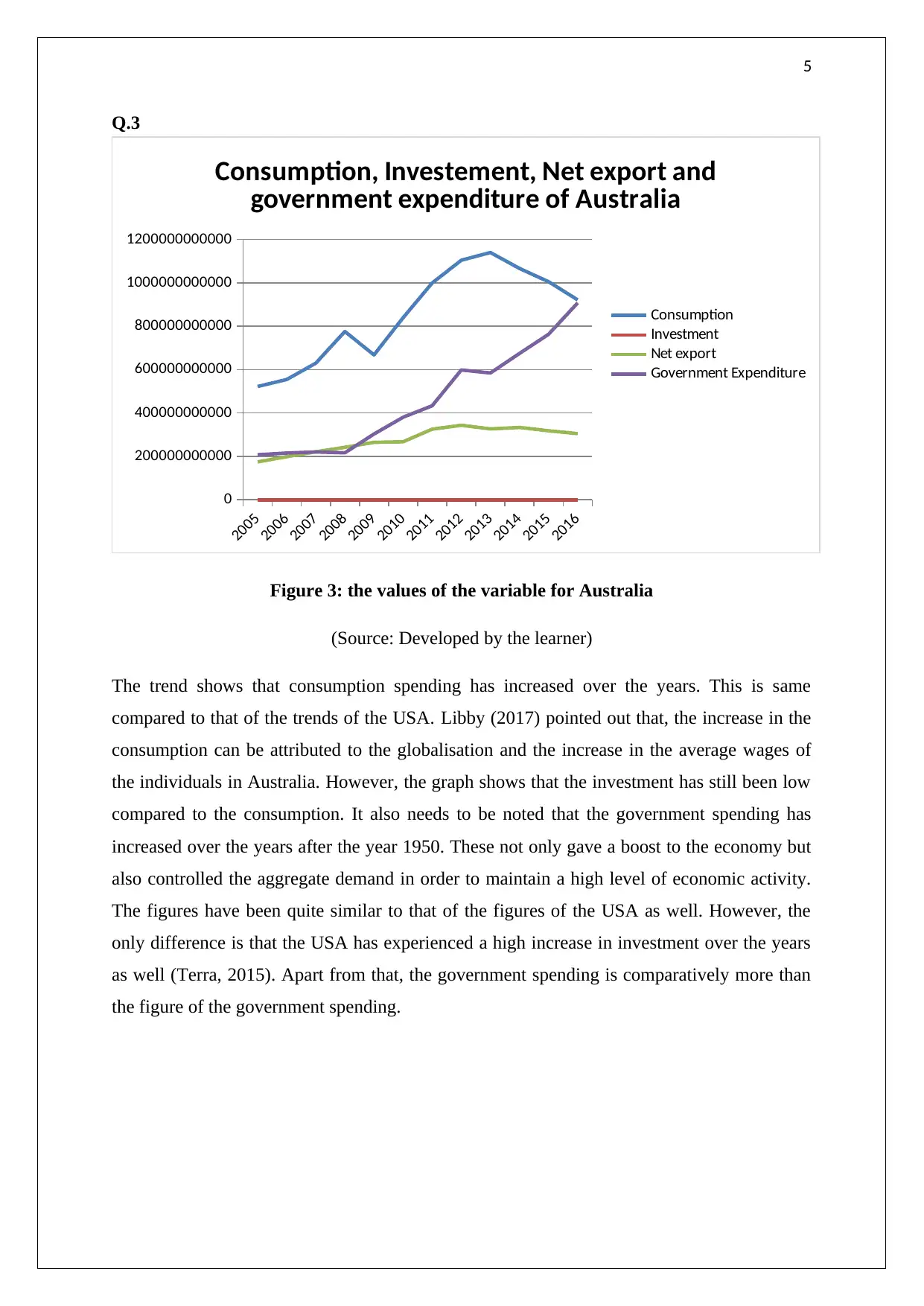
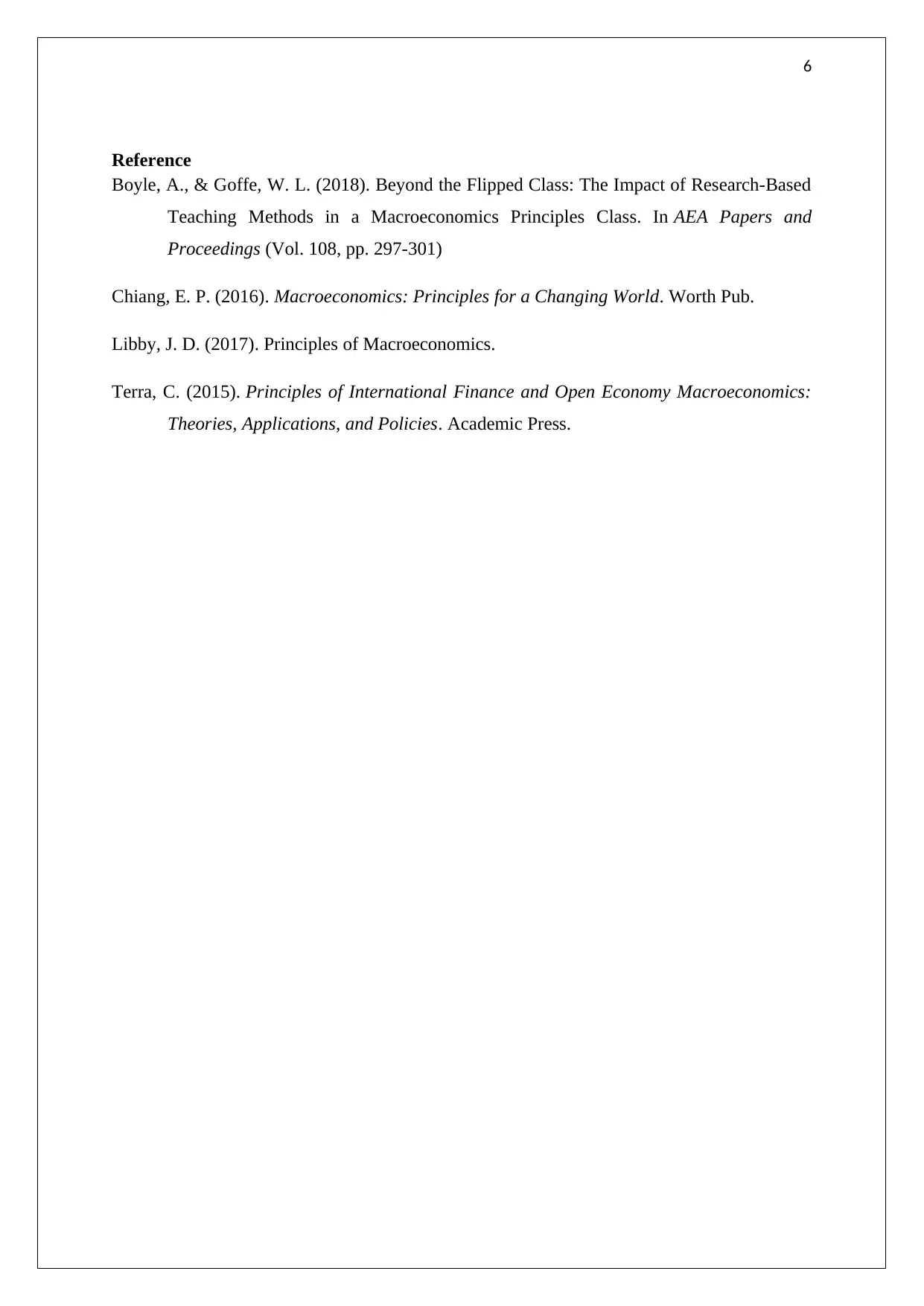

![[object Object]](/_next/static/media/star-bottom.7253800d.svg)